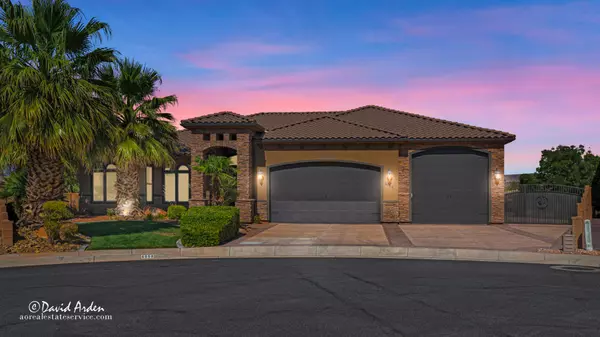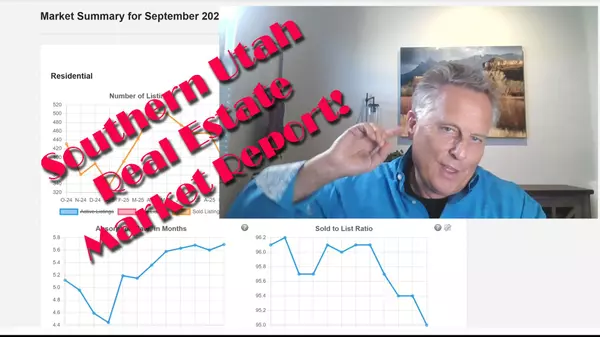Navigating Notice of Default: Common Pitfalls and Effective Solutions

Notice of Default? (NOD): Take Control of Your Property Before It’s Too Late!
In today’s unpredictable economic climate, homeowners face various challenges, and one of the most pressing issues can arise unexpectedly: the Notice of Default (NOD). If you're a property owner, understanding what an NOD is and how to take proactive steps can make all the difference in securing your future. In this blog, we’ll explore the implications of an NOD, actionable steps you can take, and how to regain control of your property before it falls into jeopardy.
What is a Notice of Default?
A Notice of Default (NOD) is a legal document issued by a lender when a borrower fails to make mortgage payments as agreed. It serves as an official warning that the loan is in default and can lead to the foreclosure process if the delinquency is not resolved. The NOD is a critical milestone in the timeline of foreclosure, typically occurring after about 90 days of missed payments.
For homeowners, receiving an NOD can be a daunting experience. It may provoke feelings of anxiety and uncertainty about the future. However, it's important to understand that an NOD is not an endpoint – it's a call to action.
Recognizing the Signs
Before an NOD is received, there are often warning signs. If you find yourself struggling to make mortgage payments, experiencing financial hardship, or facing medical bills, it's crucial to be vigilant. Some signs that you may be heading towards an NOD include:
- Missed Payments: If you have missed a payment or two, it's important to communicate with your lender immediately.
- Increased Debt: Accumulating debt can lead to financial difficulties in meeting mortgage obligations.
- Change in Employment: Job loss or changes in income can drastically impact your ability to pay your mortgage.
By recognizing these signs early on, you can take proactive measures to address the situation before it escalates to an NOD.
Taking Control: Steps to Prevent a NOD
1. Communicate with Your Lender: The first step after receiving an NOD is to communicate with your lender. Many lenders have options available for distressed homeowners, such as forbearance agreements, loan modifications, or repayment plans.
2. Explore Financial Assistance Programs: There are various local, state, and federal programs designed to help homeowners in distress. Look into programs like the Home Affordable Modification Program (HAMP) or the Home Affordable Refinance Program (HARP) for assistance. Your local real estate professional can be invaluable in this regard.
3. Assess Your Financial Situation: Take a thorough inventory of your finances. Create a budget, assess your expenses, and identify any areas where you can reduce spending.
4. Consider Selling Your Property: If your financial situation is unmanageable, you might consider selling your property. While this may feel daunting, selling can avoid the long-term negative impact of foreclosure on your credit.
5. Seek Professional Help: Consulting with a real estate professional can provide valuable guidance. These professionals can help you understand your options and negotiate with your lender on your behalf. Oftentimes they know the ins and outs of the system.
6. Stay Informed About Your Rights: As a property owner, you have rights, even after receiving an NOD. Familiarize yourself with state and federal laws regarding foreclosure processes, and ensure you’re fully informed about your options.
The Importance of Timely Action
The most crucial aspect of dealing with an NOD is taking timely action. The longer you wait, the more complicated the situation can become. It’s essential to address the issue head-on, seek help, and make informed decisions. Ignoring an NOD can lead to foreclosure, loss of your home, and significant damage to your credit.
Regaining Control
Taking control of your property starts with proactive measures. Whether this involves engaging with your lender, utilizing available resources, or seeking assistance from professionals, the key is not to panic but to act. Remember, an NOD is not the end; it’s an opportunity to regain your footing and make necessary adjustments.
Conclusion
Don’t wait until it’s too late to take control of your property. Understand the implications of receiving an NOD, recognize the signs of financial distress, and take decisive action. Your home is often your most valuable asset; protecting it should be a top priority. By staying informed, seeking help, and maintaining open lines of communication with your lender, you can navigate these challenging times and preserve your most important investment. Don’t let an NOD define your future. Take control today!
P.S. If you are thinking of selling on your own, check out my book, "Your Home, Your Rules: The Ultimate FSBO Seller's Guide: For Sale By Owner Made Easy" available on Amazon.
*If your home is listed or you are engaged with a Realtor for your real estate needs this is not intended as a solicitation.
Questions? Email Us Today!
Categories
Recent Posts













